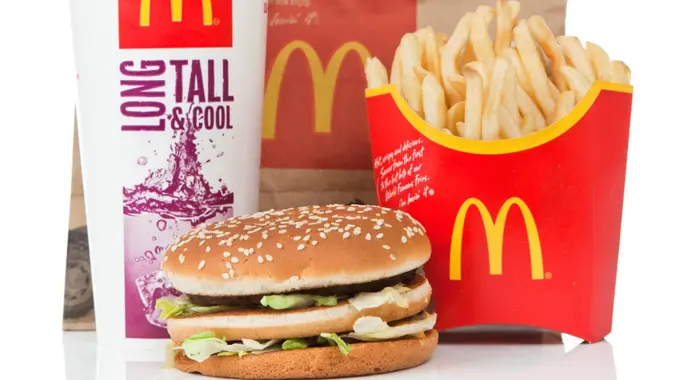Food Stamps: Midterm Elections Could Negatively Impact SNAP Benefits, According to Some Experts

Commitment to Our Readers
GOBankingRates' editorial team is committed to bringing you unbiased reviews and information. We use data-driven methodologies to evaluate financial products and services - our reviews and ratings are not influenced by advertisers. You can read more about our editorial guidelines and our products and services review methodology.

20 Years
Helping You Live Richer

Reviewed
by Experts

Trusted by
Millions of Readers
The farm bill, which is federal legislation that decides how the U.S. government will spend money on food, is up for reauthorization in 2023. Depending on the results of the midterm elections, we could see a budget cut for some supplemental nutrition programs, which include the Special Supplemental Nutrition Program for Women, Infants (WIC) and SNAP.
The largest budget in the farm bill is allocated to nutrition programs, such as the Supplemental Nutrition Assistance Program (SNAP). Formerly known as the food stamp program, SNAP helps supplement the food budget of lower-income households.
According to experts such as Karen Dolan, Director of the Criminalization of Poverty Project at the Institute for Policy Studies, expansions to the SNAP program, especially during the heart of the pandemic, were vital in keeping nearly 8 million people out of poverty. Among them, nearly half had children to support.
“Many of these expansions, such as the 15% benefit increase and the lifting of the cruel three-month limit for low-income adults without children experiencing full-time job loss, have expired,” Dolan noted in an email to GOBankingRates. “Renewing these and other effective measures — such as increasing benefits to Puerto Rico and other U.S. territories — to ease poverty, child hunger and family food insecurity, especially in the face of high food prices, should be an important goal in the 2023 Farm Bill.”
However, according to analysts like Dolan, if Republicans take control of both the House and the Senate (or if Congress is divided), they could shrink the size of the supplemental nutrition programs by making access harder through imposing harsh work requirements. If Democrats hold the House and Senate, then there could be more leverage within the farm bill to move forward with anti-hunger initiatives.
“No matter which side of the aisle you’re on, making access to food for poor children and families easier rather than more difficult, should be the priority,” according to Dolan.
Cutting the SNAP budget would affect millions of Americans. According to the latest data from the Department of Agriculture and as reported by MarketWatch, more than 41 million people received food stamps, totaling close to $96 billion for the 2022 fiscal year.
Everything is getting more expensive, especially food, and these higher costs are getting passed along to consumers. According to the federal government’s most recent Consumer Price Index report, the food-at-home index — or grocery prices — for Oct. 2022 rose 12.4% from the previous year.
The maximum SNAP allotment for a household of four is about 6.8% higher in fiscal 2022 than it was in 2021, as previously reported by GOBankingRates, which is not enough to keep pace with the current food inflation rate.
More From GOBankingRates
 Written by
Written by  Edited by
Edited by 

























